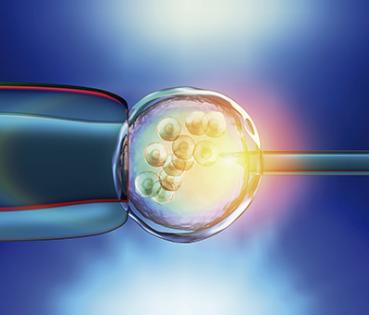
Tips to make breastfeeding easier
Follow this tips from breastfeeding experts to make it easier for your baby to latch on to the breast and prevent possible pain and complications.
Breast milk has all the properties and beneficial effects a baby needs to grow and develop. But apart from being a nutritionally complete food, breastfeeding also creates an emotional bond between mother and baby that allows the infant to feel safe in the first months of life. It contains antibodies and is able to evolve and adapt to each infant's specific needs. It prevents sudden infant death syndrome and reduces the mother's chances of developing breast or ovarian cancer, postpartum bleeding or diabetes.
Four tips to make this stage easier
The World Health Organisation recommends that infants be exclusively breastfed for the first six months of life and, after that period, to supplement breastfeeding with other foods for the first two years. During the first days of life, a newborn should be fed colostrum in 2-20 ml feedings. To know if the baby is hungry, we will have to identify signs such as restlessness, stretching, crying or sucking on their hand. Although breastfeeding can initially be complicated and demanding for some mothers, we hope these tips will help make the process easier for you:
- Placing the baby up close against your breast during the first hours of life helps the body to produce a good supply of milk and both mother and breastfeeding baby adapt to the process from the start. Skin-to-skin contact not only facilitates milk let-down, but also strengthens the emotional bond. Although we may want the baby to latch on to the nipple immediately, we must be patient, as they, too, are in a transitional period and are also learning.
- Breastfeeding should be on demand and, therefore, we advise you to give the baby access to your breast whenever he/she asks for it. This will help your body regulate the amount of milk to be produced. Do not interrupt feedings, as the final bit of milk has more fat content. To avoid engorgement, start the feeding from the breast that is fullest or from the one that rested the last time.
- Nipple care is essential to reduce the risk of cracks and infection, as well as mastitis. It is advisable to wash them with warm water before and after and moisturise them with ointments or creams. Remember that it is the baby who should go towards the nipple and not you towards them. You should be in a comfortable position, otherwise it can cause back pain. It is essential to maintain good hydration between feedings, as well as a balanced diet.
- Participating in support groups can be very helpful on a psychological level. Breastfeeding can be exhausting and difficult to cope with on your own. Talking to others who are going through the same experience and addressing shared questions can be a relief during the postpartum period.
A good breastfeeding latch is key
It is very important to make sure that the baby has a good hold on the nipple to prevent pain and to obtain enough nourishment. While suckling, the infant's mouth should be wide open, covering almost the full areola, with cheeks puffed out, and nose and chin should be resting against the mother's breast. We will also observe that sucking movements are made, with everted lips, and that jaw and ears are also moving. Finally, the absence of pain and discomfort in the nipple area is a symptom of a good latch.
Positions that make breastfeeding easier

Saddle position
1 of 3
This involves placing the baby on one leg, as if it were riding a horse, resting its abdomen against the mother's body.

Lying position
2 of 3
The mother lies on her side with the baby facing her in the same position. This may allow you to hold the baby with just one hand.

Sitting position
3 of 3
The mother is seated while the baby is lying on her, in contact with the mother's body. This is the most common position.




